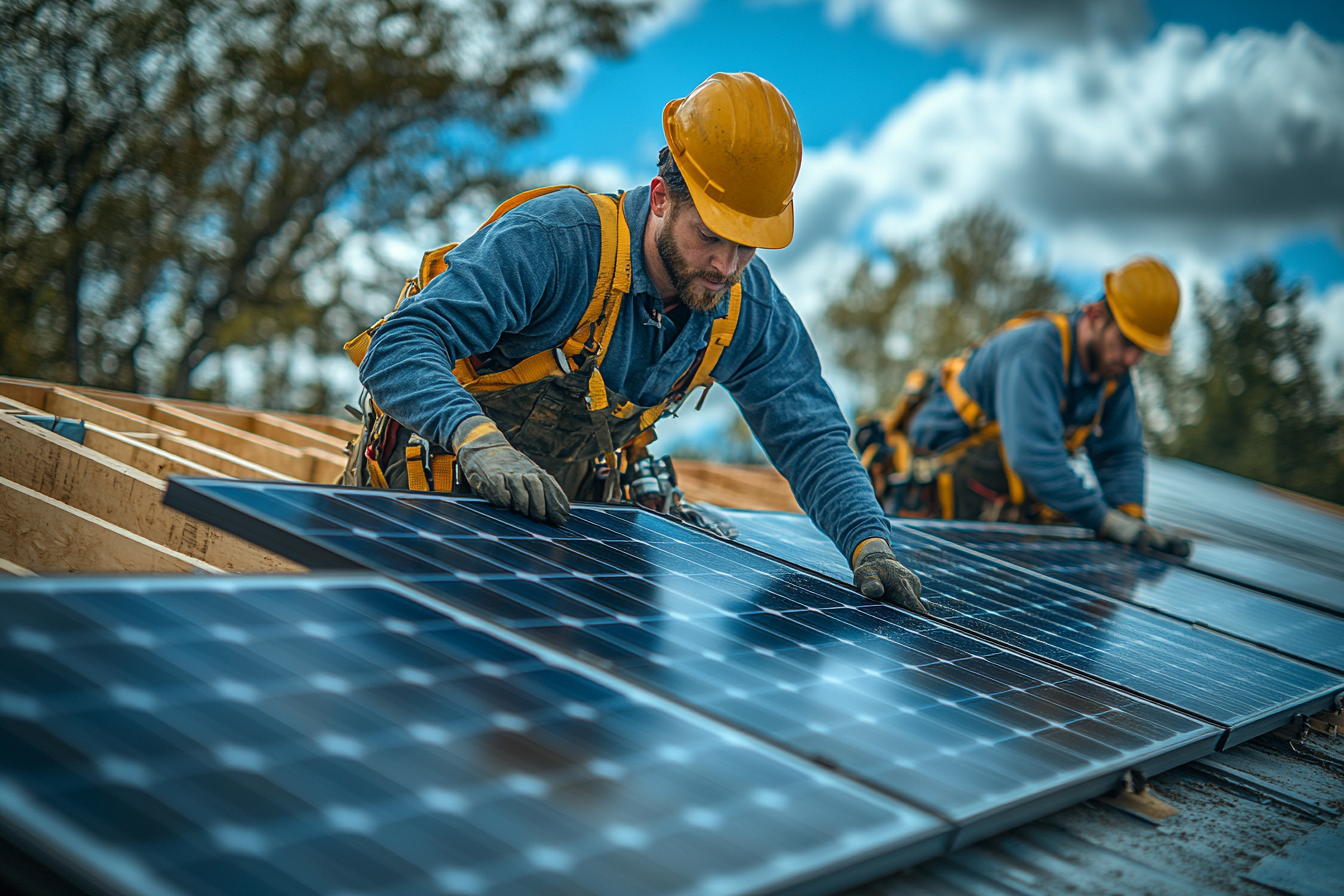Is Your Home a Solar Ready Roof? 5 Signs to Check in Canada

Written by Solenery
2 min read
Before you invest, the first step is checking whether you have a solar ready roof. Not every Canadian home is suited for panels, and overlooking key details could cost you time, money, and efficiency.
In this guide, you’ll discover five clear signs that show if your roof is ready for solar without the jargon or sales pressure. Whether you live in Toronto, Saskatoon, or Halifax, these checks will help you make a confident and informed decision.
How to Tell if You Have a Solar Ready Roof
Before investing in solar panels, it’s crucial to assess whether your roof is truly ready. A solar ready roof has the right orientation, size, condition, and regulatory approval to maximize energy production and efficiency. Checking these factors early helps you avoid costly adjustments, ensures optimal panel performance, and makes the most of available incentives. Below are five key signs that your roof may be ready for solar installation.
Solar Ready Roof: Your Roof Faces South or Close to It
In Canada, south-facing roofs capture the most solar energy. But east- and west-facing roofs can still be effective.
What to look for
- Ideal: South-facing slope with full sun from 9 AM to 3 PM
- Good: East or west exposure with moderate sun hours
- Caution: North-facing roofs (especially in snow-heavy areas)
Example:
In Calgary, a south-facing roof could produce 1,200+ kWh per kW annually. An east-facing roof might still yield 85–90% of that.
💡 Pro Tip: Use a compass or free solar app—or let Solenery estimate it for you using your postal code and Google Maps data.
Solar Ready Roof: Your Roof Has the Right Pitch and Size
Solar panels love a slope—but not too steep.
Ideal Roof Pitch in Canada:
| Roof Slope | Best For |
|---|---|
| 15°–40° | Peak solar efficiency |
| Flat Roofs | Installable with angled mounting racks |
| 45°+ | Less efficient; may require custom racking |
How much space do you need?
- A 6 kW system (typical for many Canadian homes) requires about 400–500 sq. ft. of usable space
Bonus:
Roofs with fewer dormers, skylights, or chimneys = easier and cheaper installs
Solar Ready Roof: Your Roof Has Minimal Shading
Trees and chimneys may be charming—but they can throw shade on your energy savings.
Watch for:
- Tall trees on the south side
- Chimneys, dormers, or satellite dishes
- Nearby buildings that cast shadows midday
Even small obstructions can reduce output by 10–30% during peak hours.
💡 Quick Test:
Step outside between 11 AM and 1 PM—is your roof fully in the sun?
If not, consider using a different roof face or ask about system optimization tools like microinverters.
Solar Ready Roof: Your Shingles Are in Good Shape
Solar panels last 25–30 years. Your roof should too.
Ask yourself:
- Has your roof been replaced in the last 10–15 years?
- Are there signs of curling, cracking, or wear?
If your shingles are aging, consider re-roofing before installing solar—removing and reinstalling panels later is costly.
Tip:
Many installers offer roofing + solar bundles—ask about discounts if your roof needs updating.
Solar Ready Roof: Your Local Building Rules Allow It
Canada’s solar regulations vary by province and municipality. Check for:
- Building and electrical permit requirements
- Fire codes (especially for panel spacing)
- Condo or strata restrictions
- Heritage rules that limit exterior modifications
Examples:
- Toronto: Requires both electrical and structural permits
- Alberta (rural): Often needs only utility notification
- BC, NS, ON: Have streamlined permitting in 2025
Read more: Do You Need a Permit to Install Solar Panels in Canada?
💡 New in 2025: Many provinces now offer stacked rebates and simplified rules:
| Province | 2025 Incentives |
|---|---|
| Ontario | HELP Loan (up to $125,000) + Enbridge HER+ rebates |
| British Columbia | Up to $5,000 from BC Hydro + PST exemption |
| Nova Scotia | $300/kW SolarHomes rebate + heat pump grants |
| Manitoba | $500/kW rebate + Efficiency Manitoba loan |
| Alberta | $0.50/Watt rebate (Edmonton) + CEIP property tax loan |
Use Solenery’s postal code tool to instantly check local rules and rebate eligibility.
Read more: Government Rebates for Solar Panels and Heat Pump in Canada (2025)
Conclusion
If you have a solar ready roof that:
- Faces south or west
- Has enough space and sun
- Is in solid condition
- Meets local permitting rules
then you’re probably ready for solar installation!
And even if your setup isn’t perfect, there are creative solutions like installing on a garage, using microinverters, or joining a community solar project.